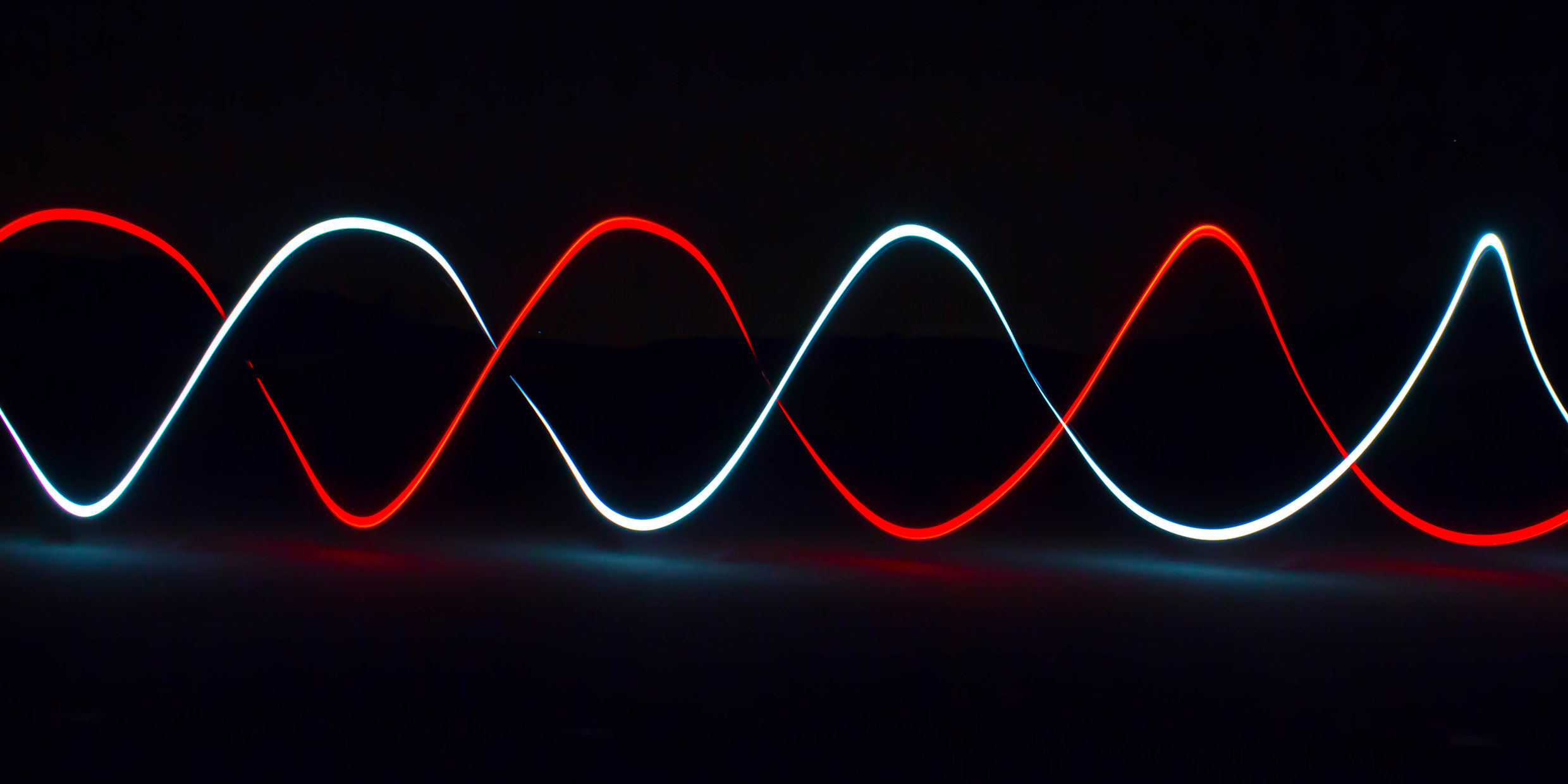Originally published 7 May 1990
A [February 1990] issue of Science contained a photograph, made with an electron microscope, of a portion of DNA extracted from a single-celled organism called trypanosome.
If you have ever seen the mess a kitten can make of a ball of twine, this it it. The DNA is twisted into knots and loops as intricate as a crocheted tablecloth. The author of the article that accompanies the picture, science reporter Barry Cipra, uses the image of “an elaborate fishnet.” Then he goes on to say, “Yet somehow the fishnet manages to reproduce itself.”
Somehow, indeed!
It has always seemed to me a miracle that even a simple linear strand of DNA can reproduce itself. In principle, the idea is simple enough. The DNA molecule is shaped like a spiral staircase, the famous double-helix. When the time comes to reproduce, the staircase unzips down the middle of the treads. The unzipped half-staircases turn themselves into two new staircases by taking chemical components out of the surrounding medium — new bits of tread and banister.
Writhing and twisting
The idea is stunning, ingenious, perhaps the most important scientific discovery of the 20th century. But is not quite as simple as I made it sound. In each of our bodies there is enough DNA, if stretched out, to reach to the sun and back 100 times, an arm’s length in every cell. It is writhing and twisting all the time, zipping and unzipping, becoming part of fern-like traceries with RNA as the cells build proteins, or doing its miraculous dance of reproduction. This unceasing activity is assisted by enzymes that loosen, snip, tie, disentangle, unwind.
Look at that trypanosome tangle again. It’s not just laying there. It’s a pulsing, undulating jumble of threads, feathers, knobs, and whiskers. A myriad of tiny lace-makers frenetically making a lace called life.
That all of this should happen, hour by hour, without resulting in a hopeless tangle is unbelievable. No matter how much I read about how it happens, no matter how hard I try to stretch my imagination, it still seems simply impossible.
And yet I believe it.
But I don’t believe in UFOs, abominable snowmen, Loch Ness monsters, or fairies, all of which, on the face of it, are more plausible.
I live part of each year in rural Ireland on a road known locally as “The Fairies’ Road.” Once, my neighbor expressed a reluctance to walk the road at night, apprehensive, even in this age of science, of little folk under the hill. I smiled condescendingly. Later I mentioned to this same person that our hill had once been covered with an Ice Age glacier. Now it was her turn to smile. “It is easier to believe in fairies under the hill,” she said, “than ice on top.”
And she’s right.
So why do I believe in the fandango dance of the DNA, which I can’t imagine no matter how hard I try, and not fairies, which every child can imagine? The answer I like best is based on ideas of physicist-philosopher Henry Margenau.
Perceptions and constructs
Margenau uses a simple diagram. At the right he draws a vertical line that he calls the perception plane. It represents our immediate perceptions of the world: sights, tastes, touches, sounds. To the left of the line he draws circles representing “constructs,” ideas we invent to explain our perceptions. The more abstract the construct, the further the circle is from the line.
“Fairy” is a construct that is close to the line. After all, a fairy is just a little person with dragonfly wings, and there’s nothing unfamiliar about any of that. The construct explains things we perceive — a tool gone missing from the garden, or a strange singing noise heard on the hill at night. Between the construct “fairy” and the missing tool or singing noise we can draw a direct line.
The dance of DNA is a construct far removed from the perception plane. There is nothing about the construct that relates directly to any perception we have ever had, which is why it’s so difficult to imagine.
The construct “dancing DNA” is ultimately connected with our perceptions by way of other constructs, lines connecting circles to circles in a vast web, ideas linked to other ideas until at last we reach the relevant perceptions — black lines on a photographic film, the position of a needle on an electrical meter, the balance of a scale.
“Fairy” is connected to things we perceive by one or two lines, but to nothing else in science. Snip a few threads and the construct fairy falls away.
The dance of DNA is fixed in a vast web of inter-connected ideas that ultimately embraces all of science. It is the firmness of those many connections, based on tens of thousands of exact, quantitative experiments that anchors the construct to reality. Snip a line here and there and the web still holds.
And that’s why I believe the “impossible” dance of DNA.
But it still isn’t easy.



